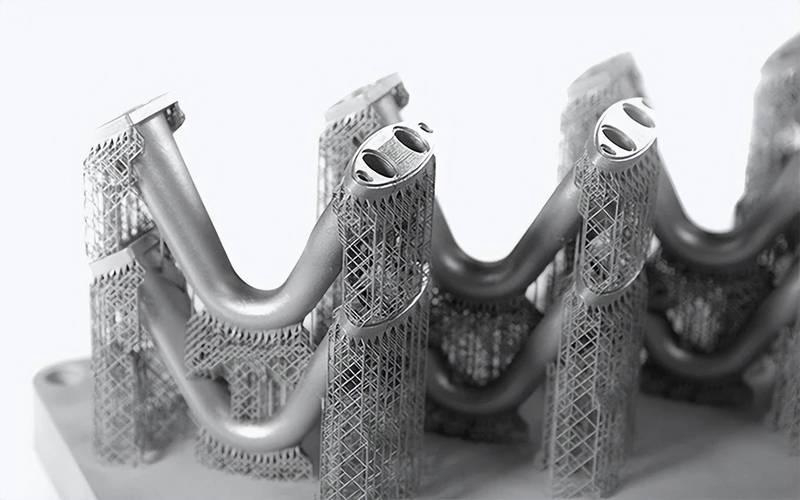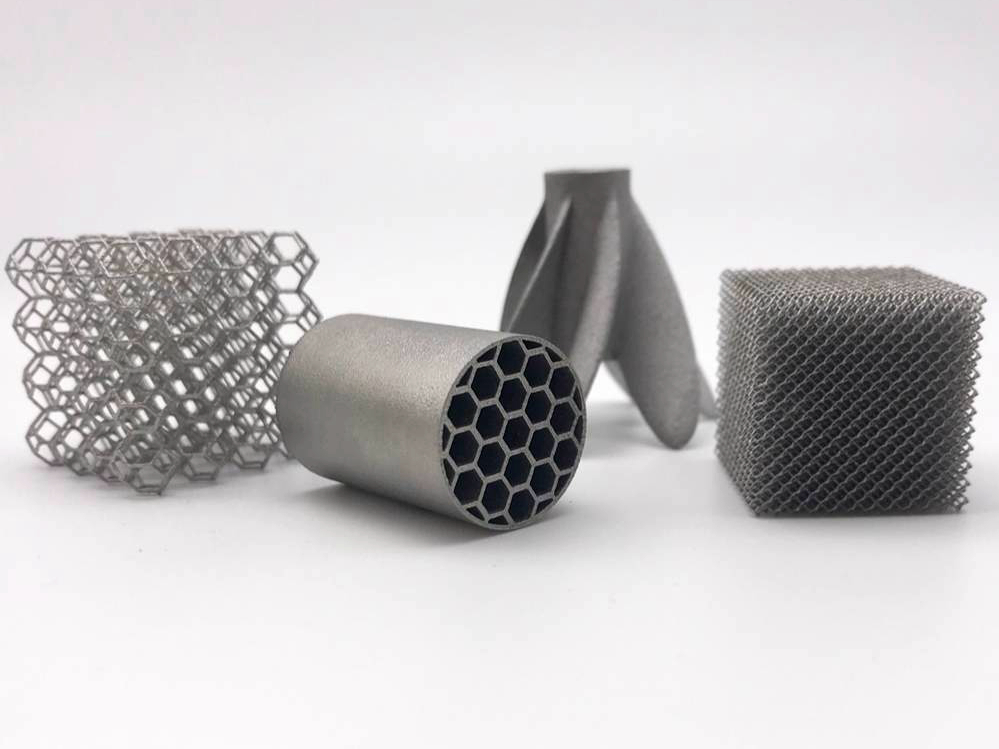How does heat treatment improve material stability in 3D printed parts?
How Does Heat Treatment Improve Material Stability in 3D Printed Parts?
Why Material Stability Matters in Additive Manufacturing
3D printed metal parts—especially those produced by SLM, DMLS, or EBM—exhibit inherent material instability due to residual stresses, rapid solidification, and non-equilibrium microstructures. These conditions can lead to warping, dimensional drift, or unpredictable mechanical performance. Heat treatment is essential for stabilizing both geometry and mechanical properties across service conditions.
Key Ways Heat Treatment Enhances Material Stability
1. Residual Stress Reduction
Stress relief annealing relieves internal tensile stresses caused by rapid heating and cooling in the printing process. This prevents part distortion during post-processing, machining, or long-term use.
Ti-6Al-4V: stress relief at 600–650°C for 2 hours improves dimensional stability in aerospace brackets and medical implants
Tool Steel 1.2709: maintains structural alignment after stress-relief and aging
2. Grain Structure Homogenization
As-printed metals often have columnar or anisotropic grains. Heat treatment promotes grain recrystallization, converting these into equiaxed, isotropic structures that behave uniformly under mechanical loads.
Enhances fatigue stability and reduces directional mechanical variation in materials like SUS316L
3. Phase Transformation Control
Heat treatment facilitates desirable phase transformations while suppressing unstable or metastable phases formed during rapid solidification.
Inconel 718: solution treated and aged to control gamma prime/gamma double prime phase balance, ensuring strength consistency across thermal cycles
4. Improved Thermal and Dimensional Stability
After proper thermal cycling, parts are more resistant to distortion under mechanical or thermal loads in real-world applications. This is especially critical in:
Tooling inserts exposed to repeated heating and cooling cycles
Aerospace turbine components made from Haynes 230 requiring microstructural consistency at elevated temperatures
5. Microstructural Refinement
Controlled heating and cooling cycles eliminate dendritic structures and refine microsegregation. This ensures mechanical predictability and long-term performance reliability, especially for fatigue- and impact-sensitive applications.
Applications That Rely on Material Stability
Aircraft structural brackets
Surgical implants
High-temperature molds and die inserts
Pressure-containment housings in power systems
Recommended Services for Material Stabilization
Neway 3DP offers comprehensive solutions for achieving structural and thermal stability:
Heat Treatment For stress relief, aging, annealing, and homogenization tailored to alloy and geometry
Hot Isostatic Pressing To eliminate porosity and further stabilize internal structure
CNC Machining For final dimensioning after thermal stabilization to meet tight tolerances



